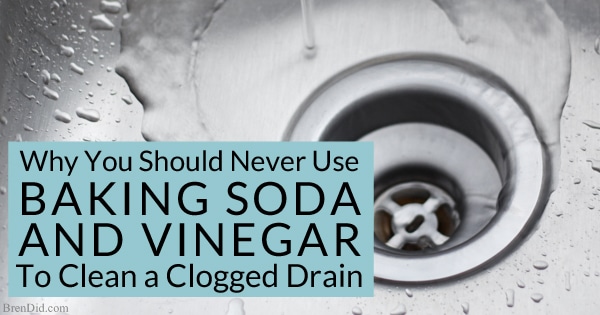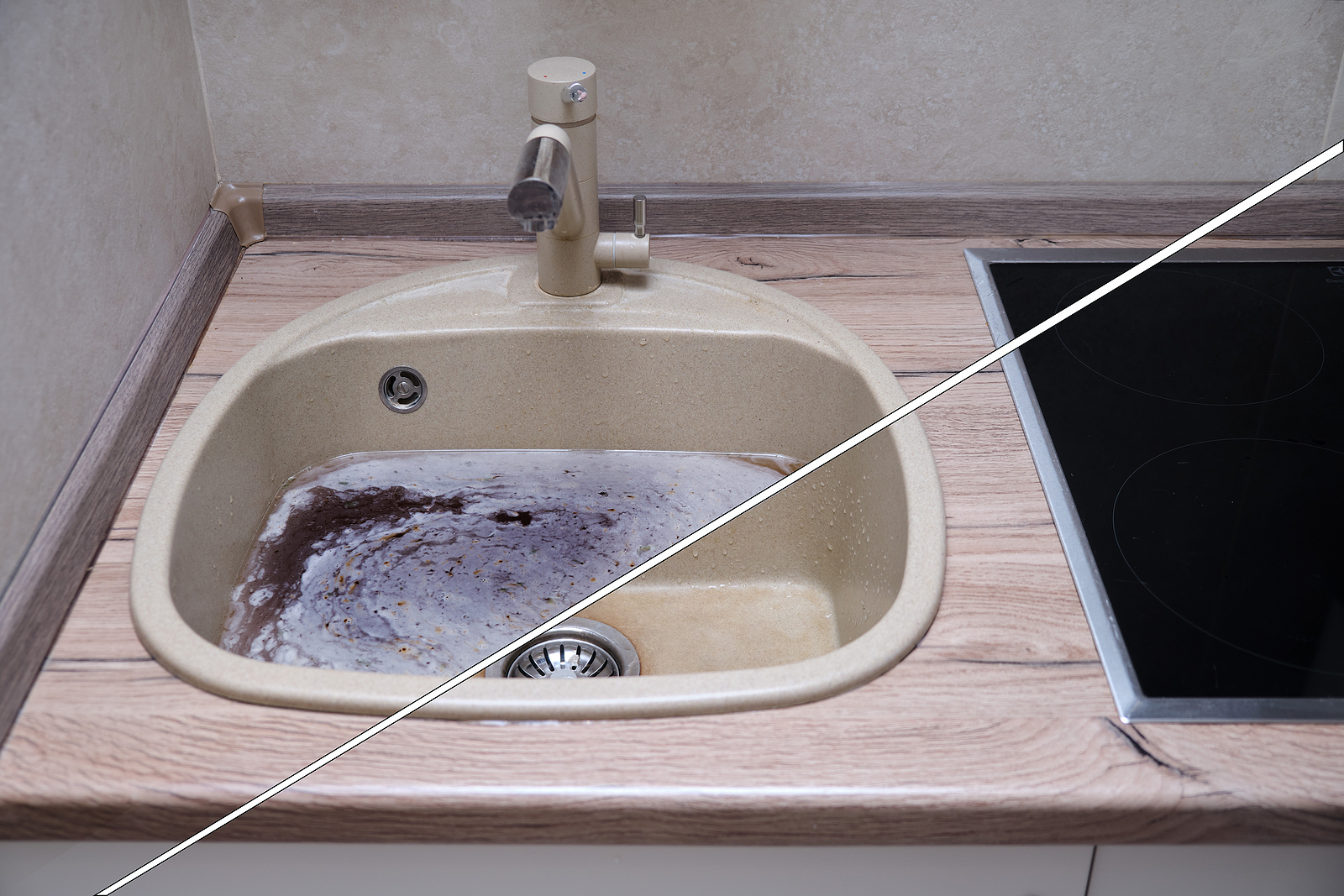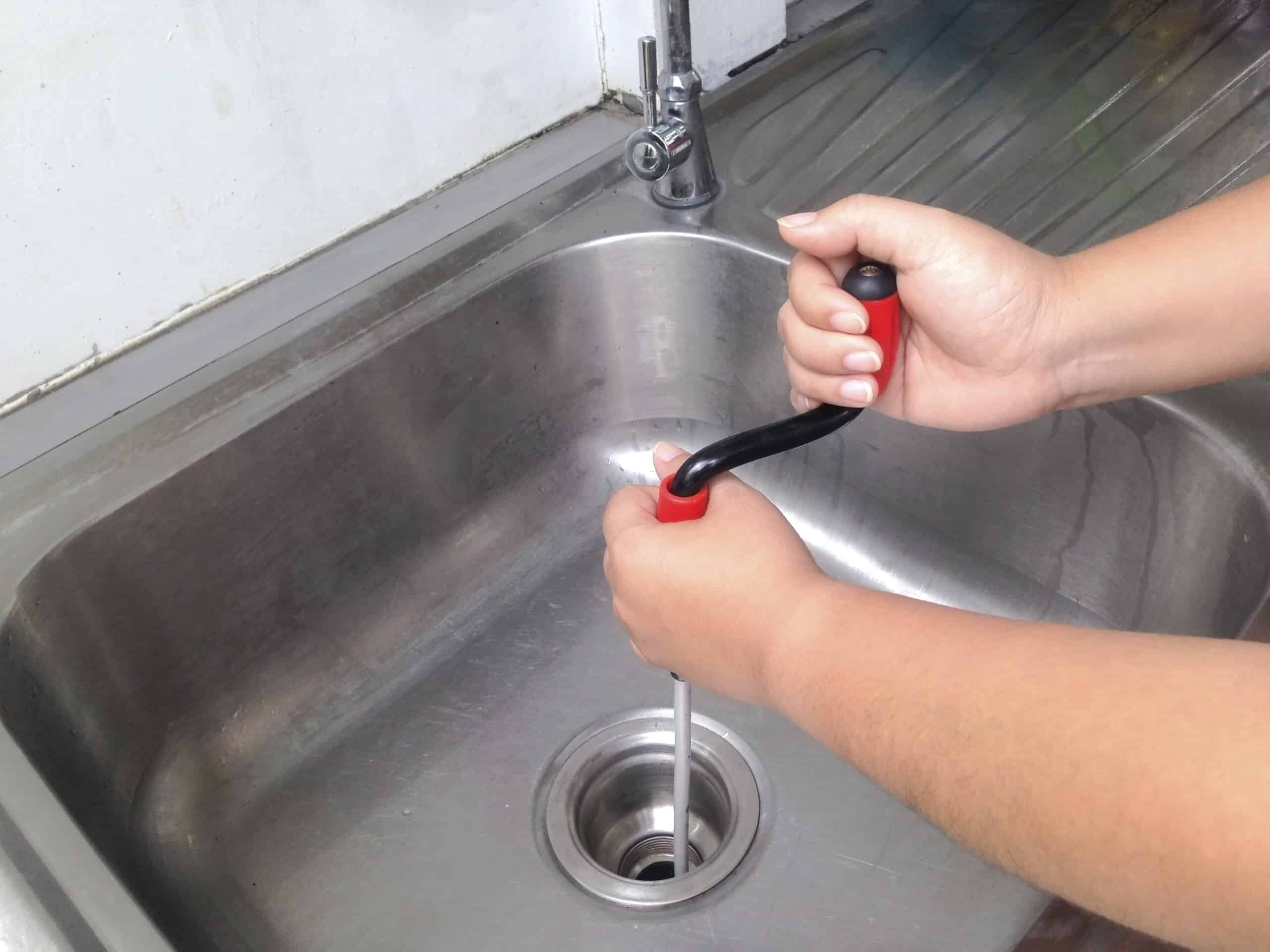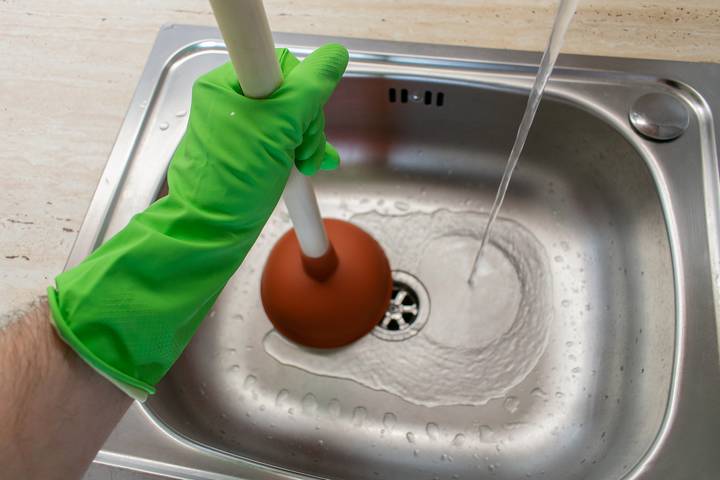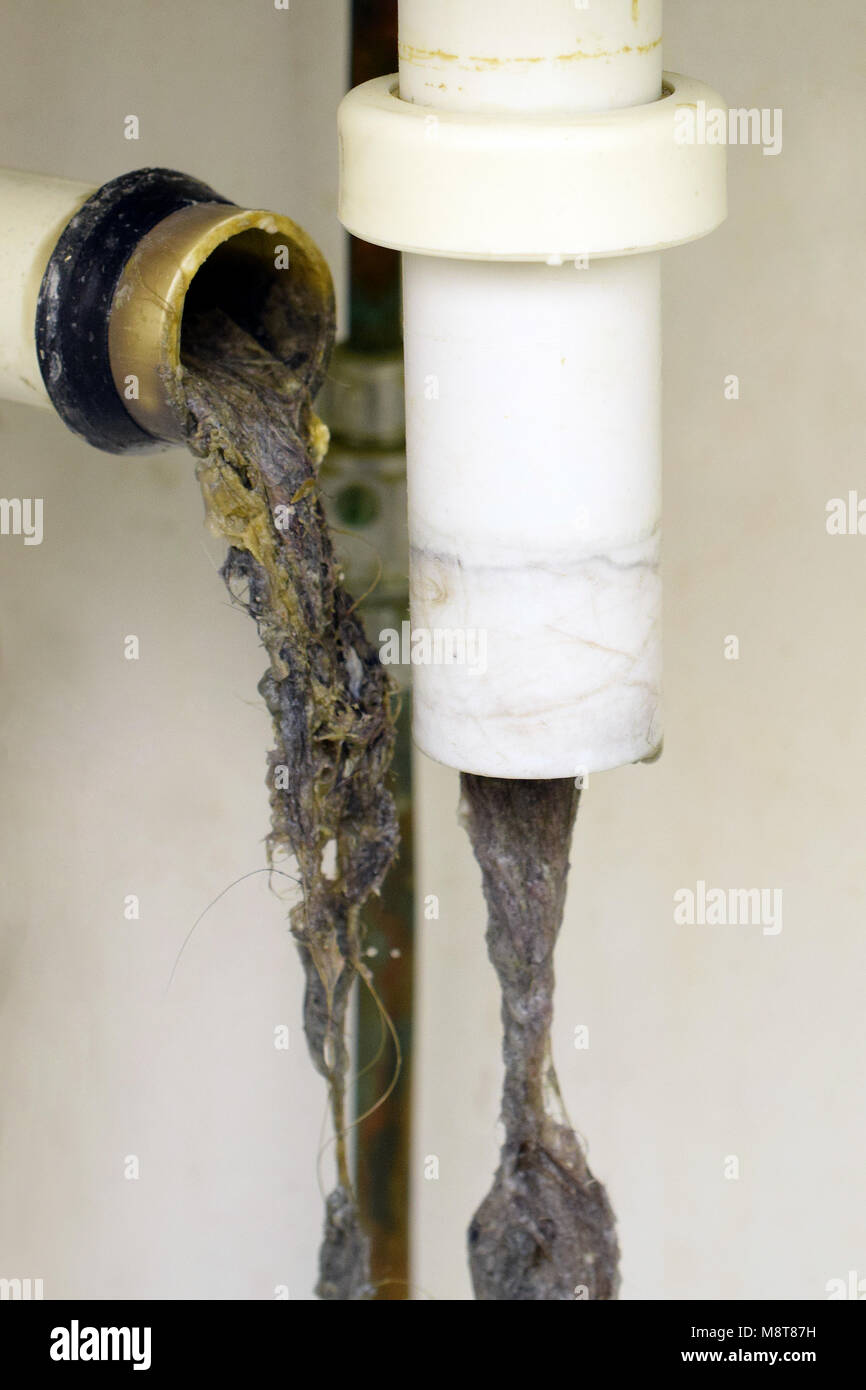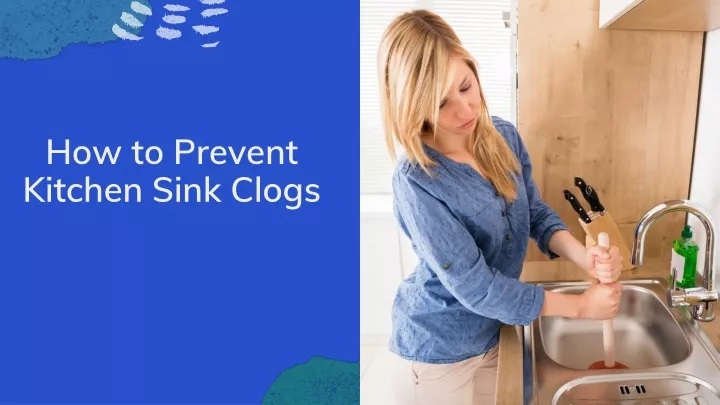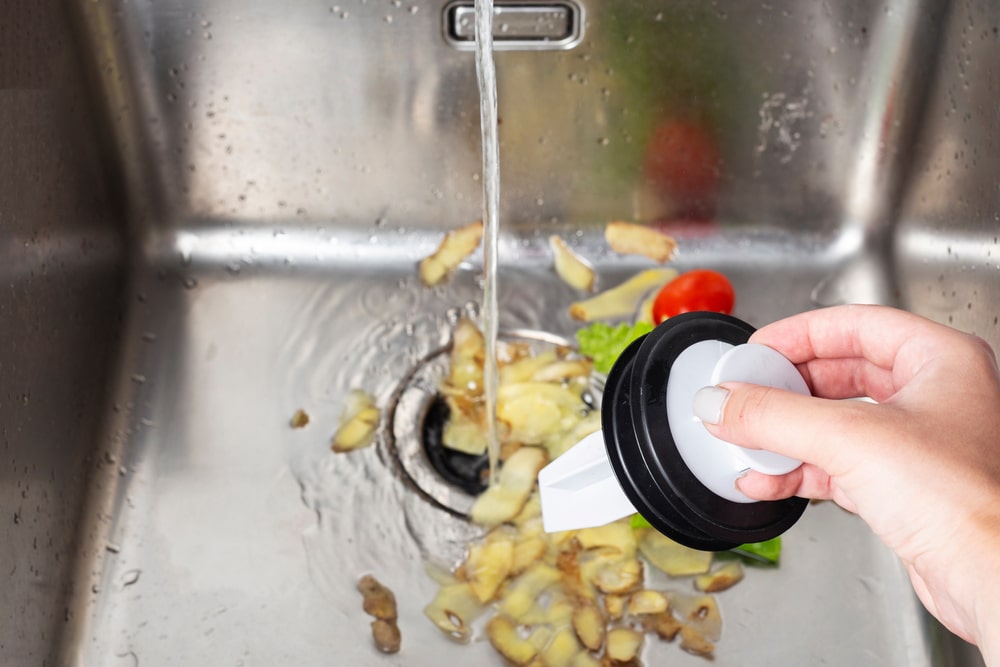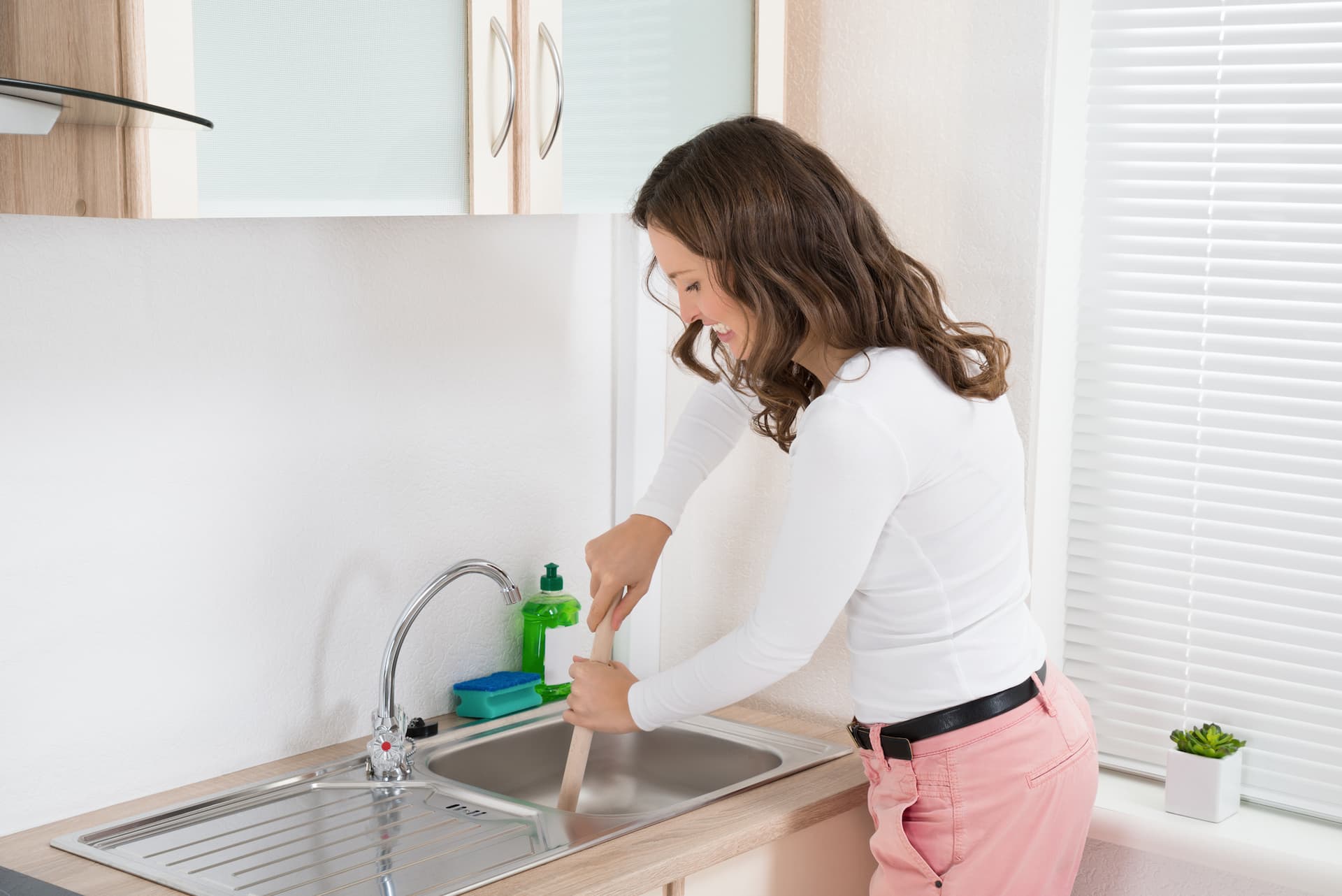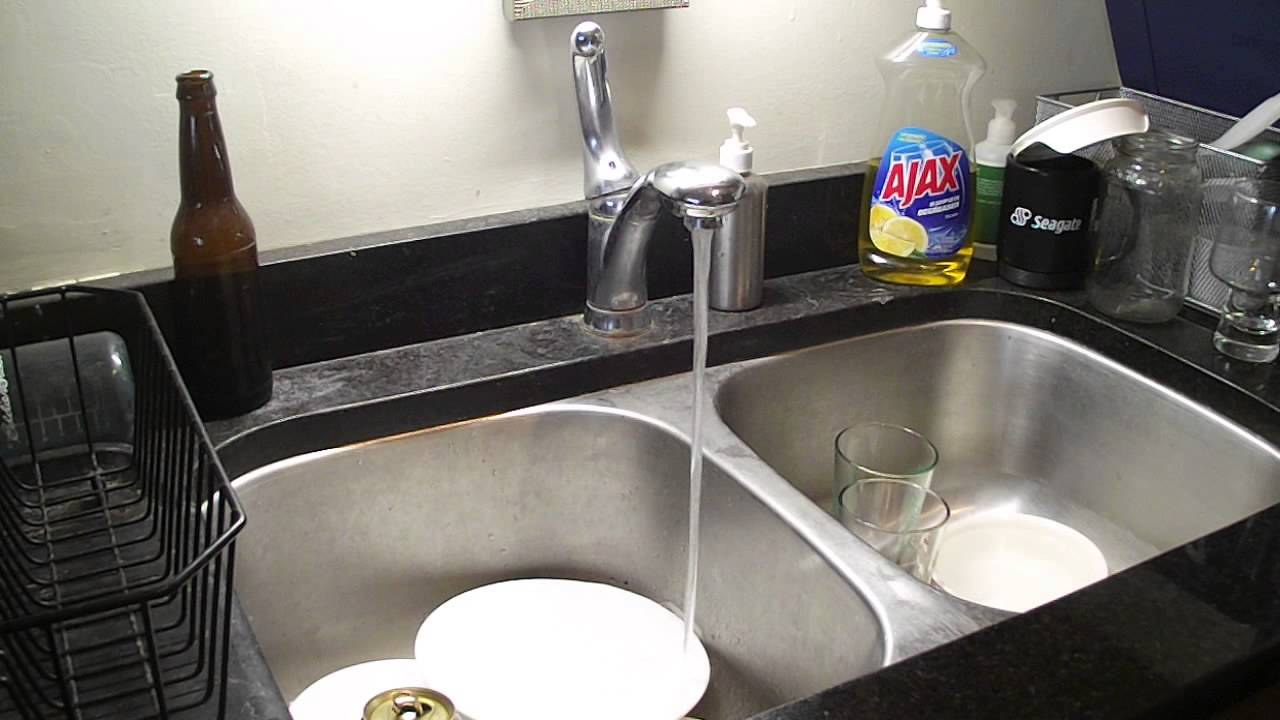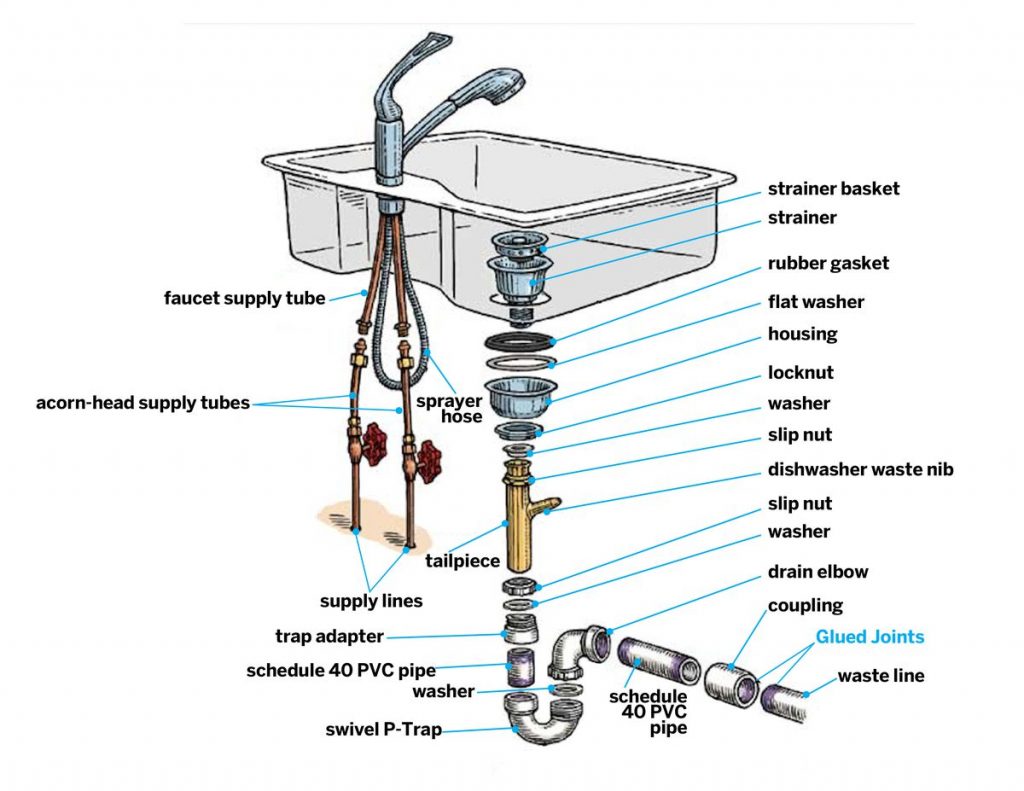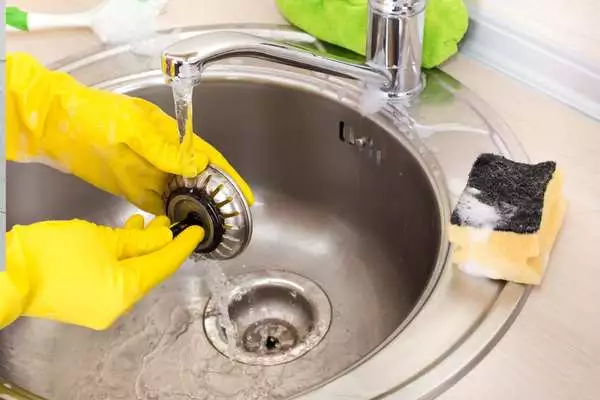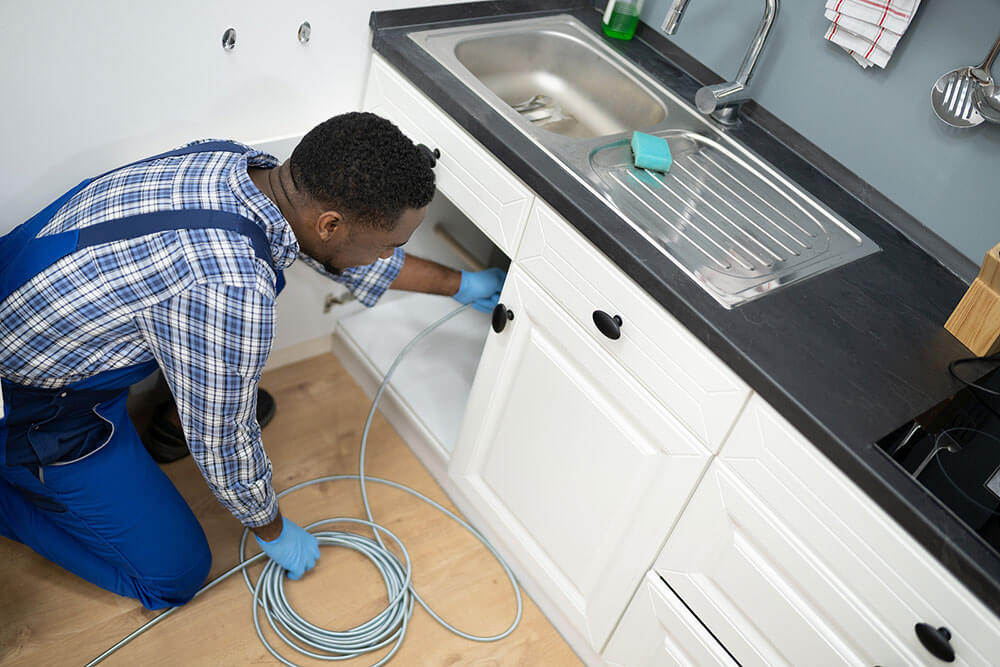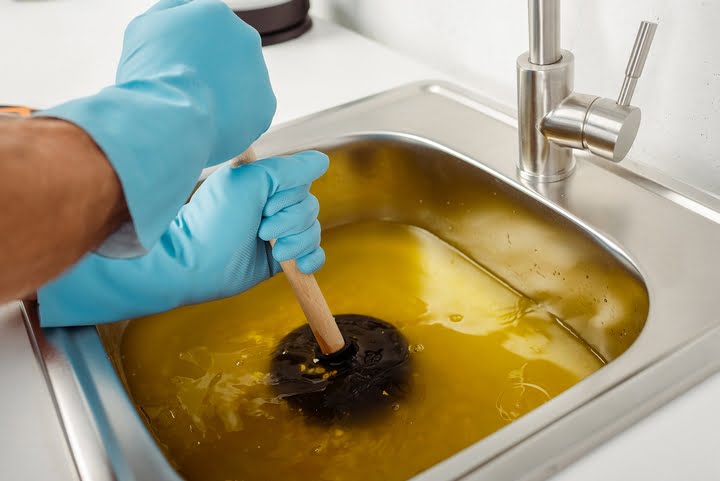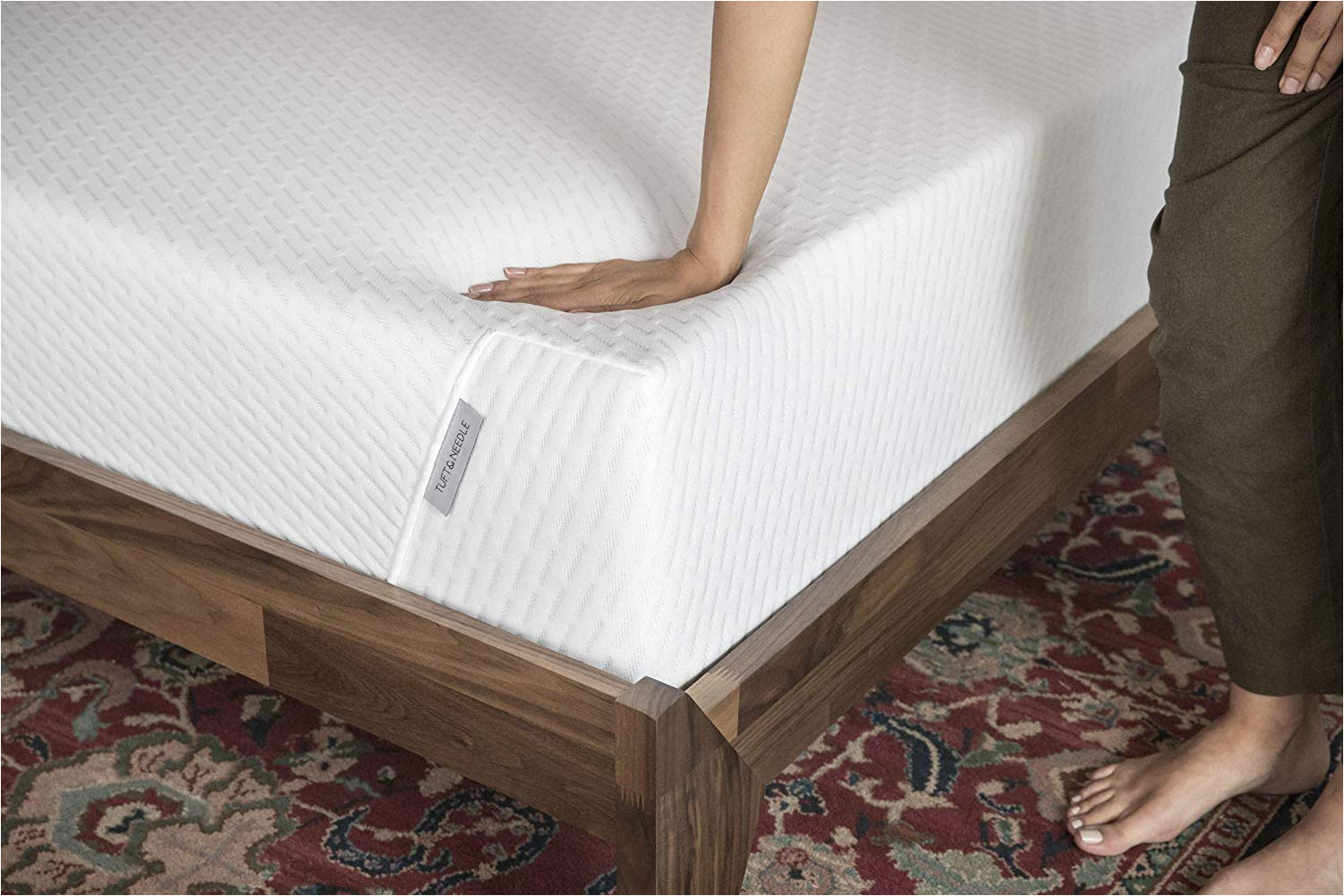A clogged kitchen sink can be a major inconvenience, causing water to back up and make a mess in your kitchen. But before you call a plumber, there are a few simple steps you can take to unclog your kitchen sink on your own. Here's a step-by-step guide on how to clear a clogged kitchen sink in just six easy steps. To start, gather your supplies. You'll need a plunger, a pair of rubber gloves, a bucket, and some baking soda and vinegar. If you have a garbage disposal, you'll also need a plunger specifically designed for use on a sink with a disposal. Now, let's get started! Step 1: Remove any standing water from the sink. Use a bucket or a cup to remove as much water as you can from the sink. This will make it easier to work on unclogging the drain. Step 2: Use a plunger. Place the plunger over the drain and push down firmly. The suction created by the plunger will help to loosen and dislodge the clog. Repeat this process several times until you feel the clog start to break apart. Step 3: Try using a drain snake. If the plunger doesn't work, you can try using a drain snake to physically remove the clog. Simply insert the snake into the drain and twist it until you feel it catch onto the clog. Then, pull it out and dispose of the debris. Step 4: Use baking soda and vinegar. If the clog is still stubborn, you can create a natural drain cleaner using baking soda and vinegar. Pour 1/2 cup of baking soda down the drain, followed by 1/2 cup of vinegar. Let it sit for a few minutes, then pour hot water down the drain to flush out the clog. Step 5: Clean out the garbage disposal. If you have a garbage disposal, make sure to clean it out regularly to prevent clogs. You can use a mixture of ice cubes and salt to scrub the blades and freshen up the disposal. Step 6: Run hot water to flush out the drain. Once the clog has been cleared, run hot water down the drain for a few minutes to ensure everything is flushed out and the drain is clear.1. How to Unclog a Kitchen Sink in 6 Easy Steps
Kitchen sinks can become clogged for a variety of reasons. Some of the most common causes include: • Food scraps and debris - When food scraps and other debris get stuck in the drain, they can build up over time and cause a clog. • Grease and oil - Pouring hot grease and oil down the drain can cause it to solidify and create a blockage in the pipes. • Soap scum and residue - Soap scum and residue can accumulate in the drain and trap other particles, leading to a clog. • Foreign objects - Accidentally dropping items like utensils or small toys down the drain can also cause a clog. To prevent clogs, make sure to properly dispose of food scraps, avoid pouring grease and oil down the drain, and use a drain cover to catch any foreign objects.2. Common Causes of Clogged Kitchen Sinks
If your kitchen sink is clogged, there are a few DIY methods you can try before calling a professional plumber: • Plunging - As mentioned in the first step, using a plunger can help to loosen and dislodge the clog. • Drain snake - A drain snake is a long, flexible tool that can be inserted into the drain to remove clogs. • Baking soda and vinegar - This natural drain cleaner can help break down clogs and clear your drain. • Boiling water - Pouring boiling water down the drain can help to dissolve any grease or oil buildup. Remember to always use caution when attempting DIY methods and stop if you feel like you may be causing any damage to your pipes.3. DIY Methods for Clearing a Clogged Kitchen Sink
Using a plunger is one of the most effective ways to unclog a kitchen sink. Here's how to use a plunger on a kitchen sink with and without a garbage disposal: • Without a garbage disposal: Place the plunger over the drain and push down firmly. Continue to plunge until you feel the clog start to break apart. • With a garbage disposal: First, make sure the disposal is turned off. Then, place a plunger designed for use on sinks with a disposal over the drain and push down firmly. This will create a seal to help loosen the clog. Once the clog is cleared, turn the disposal back on and run hot water to flush out the drain.4. How to Use a Plunger to Unclog a Kitchen Sink
For a natural and chemical-free solution to a clogged kitchen sink, try using baking soda and vinegar. Here's how: • Step 1: Pour 1/2 cup of baking soda down the drain. • Step 2: Follow with 1/2 cup of vinegar. • Step 3: Let the mixture sit for a few minutes. • Step 4: Pour hot water down the drain to flush out the clog. Note: This method may need to be repeated a few times for stubborn clogs.5. Using Baking Soda and Vinegar to Clear a Clogged Kitchen Sink
If the DIY methods mentioned above do not work, it may be time to call in a professional plumber. They have specialized tools and techniques to effectively clear clogs in your kitchen sink's wall pipes. Some professional solutions for a clogged kitchen sink include: • Hydro jetting - This method uses high-pressure water to blast through clogs and clean out the pipes. • Auger/snake - A plumber's auger or snake is a longer version of a household drain snake and can reach deeper into your pipes to remove clogs. • Camera inspection - If the clog is hard to locate, a plumber may use a camera to inspect the inside of your pipes and pinpoint the exact location of the clog.6. Professional Solutions for a Clogged Kitchen Sink
It's important to address a clogged kitchen sink as soon as possible to prevent further damage to your pipes and plumbing system. Here are some signs that your wall pipes may be clogged: • Slow draining - If your sink is draining slowly or not at all, it could be a sign of a clog. • Foul odors - A clogged kitchen sink can cause unpleasant odors to come from your drains. • Gurgling noises - If you hear gurgling noises coming from your sink when water is draining, it could be a sign of a clog. • Overflowing water - If water starts to back up and overflow from your sink, you most likely have a clog in your wall pipes.7. Signs of a Clogged Kitchen Sink in Your Wall Pipes
The best way to prevent clogs in your kitchen sink's wall pipes is to be mindful of what goes down the drain. Here are some tips to help prevent clogs: • Properly dispose of food scraps - Make sure to scrape off food scraps into the trash before washing dishes. • Avoid pouring grease and oil down the drain - Instead, dispose of grease and oil in a separate container and throw it in the trash. • Use a drain cover - This will catch any foreign objects and prevent them from going down the drain. • Regularly clean your drain - Use a mixture of baking soda and vinegar to clean your drain and prevent buildup.8. How to Prevent Kitchen Sink Clogs in Your Wall Pipes
Regularly cleaning your kitchen sink drain is an important part of maintaining a healthy plumbing system. Not only does it help to prevent clogs, but it also keeps your sink smelling fresh and clean. Make sure to regularly clean your drain with a natural drain cleaner, such as baking soda and vinegar, to keep it in top condition.9. The Importance of Regularly Cleaning Your Kitchen Sink Drain
If you've tried all of the DIY methods and your kitchen sink is still clogged, it's time to call a professional plumber. They have the tools and expertise to effectively clear clogs in your wall pipes and prevent any further damage to your plumbing system. Don't wait until the problem gets worse - call a plumber as soon as you notice signs of a clogged kitchen sink.10. When to Call a Plumber for a Clogged Kitchen Sink in Your Wall Pipes
Why Clogged Kitchen Sink Pipes Should Be Addressed Immediately for a Functional and Beautiful Home

A clogged kitchen sink can be more than just an inconvenience. Not only does it disrupt your daily routine, but it can also cause damage to your home's plumbing system and have a negative impact on the overall design of your house. When left unaddressed, a clogged kitchen sink can lead to foul odors, slow drainage, and even potential leaks.
The Importance of Maintaining Clean and Clear Pipes

One of the main reasons why a clogged kitchen sink should be taken seriously is because it can affect the functionality of your home. The kitchen is often considered the heart of the house, and a clogged sink can disrupt the flow of daily activities such as cooking, cleaning, and washing dishes. This can be particularly frustrating for busy households where time is of the essence. By addressing the clog promptly, you can ensure that your kitchen remains functional and efficient.
Moreover, clogged pipes can also have a significant impact on the design of your home. A clogged kitchen sink can cause water to back up and overflow, leading to unsightly water stains on your countertops and walls. This not only affects the aesthetic appeal of your kitchen but can also cause damage to your cabinets and flooring. By keeping your pipes clean and clear, you can maintain a beautiful and well-maintained kitchen.
Preventing Costly Repairs and Replacements

Ignoring a clogged kitchen sink can also lead to costly repairs and replacements down the line. When a clog is left untreated, it can cause pressure to build up in your pipes, leading to cracks and leaks. This can result in water damage to your walls, floors, and even the foundation of your home. Not only will this be a financial burden, but it can also disrupt your daily routine and cause unnecessary stress. By addressing a clogged kitchen sink promptly, you can avoid these potential issues and save yourself from expensive repairs.
In conclusion, a clogged kitchen sink is not just a minor inconvenience that can be put off for another day. It can have a significant impact on the functionality and design of your home, as well as lead to costly repairs and replacements. As such, it is essential to address a clogged sink immediately to ensure a functional and beautiful home. Remember to regularly maintain your pipes and address any clogs promptly to keep your kitchen running smoothly and your home looking its best.



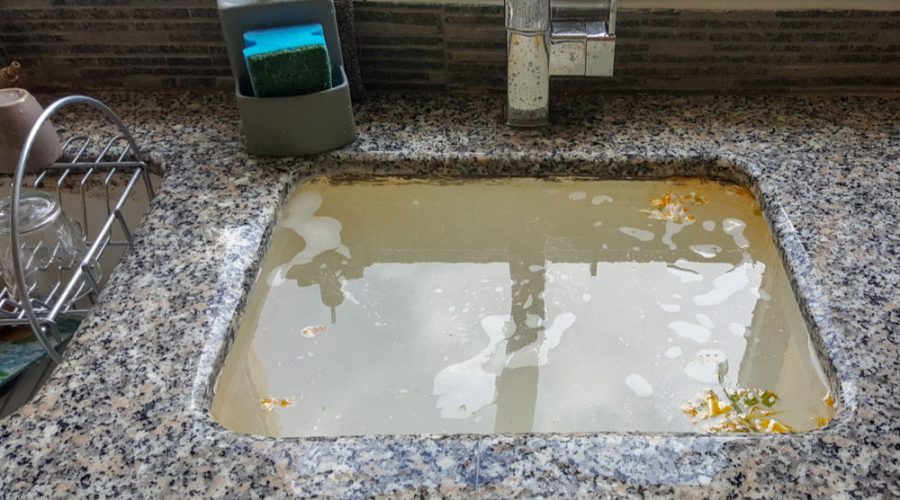
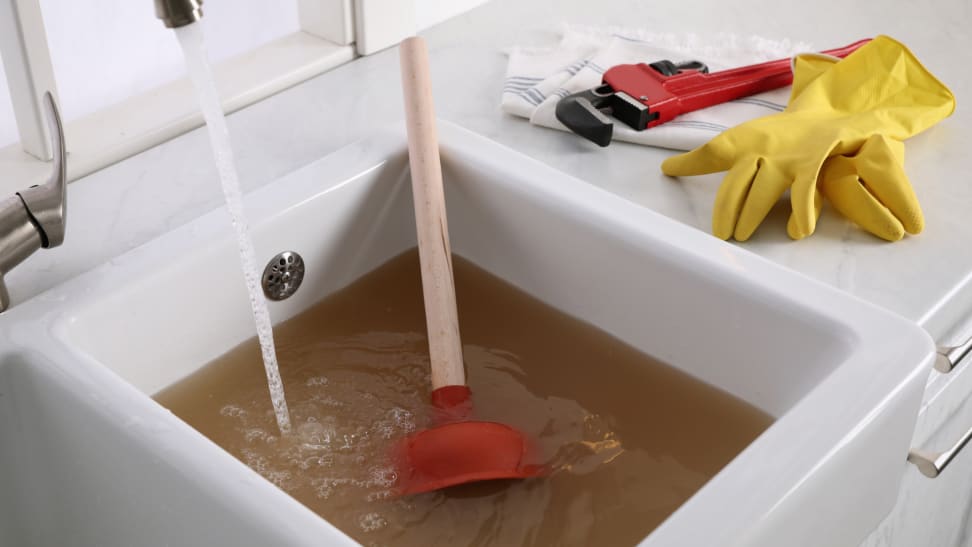




:max_bytes(150000):strip_icc()/how-to-unclog-a-kitchen-sink-2718799_sketch_FINAL-8c5caa805a69493ab22dfb537c72a1b7.png)








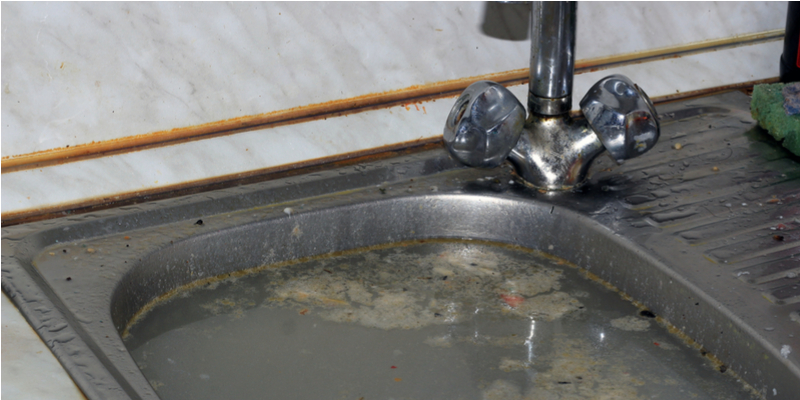

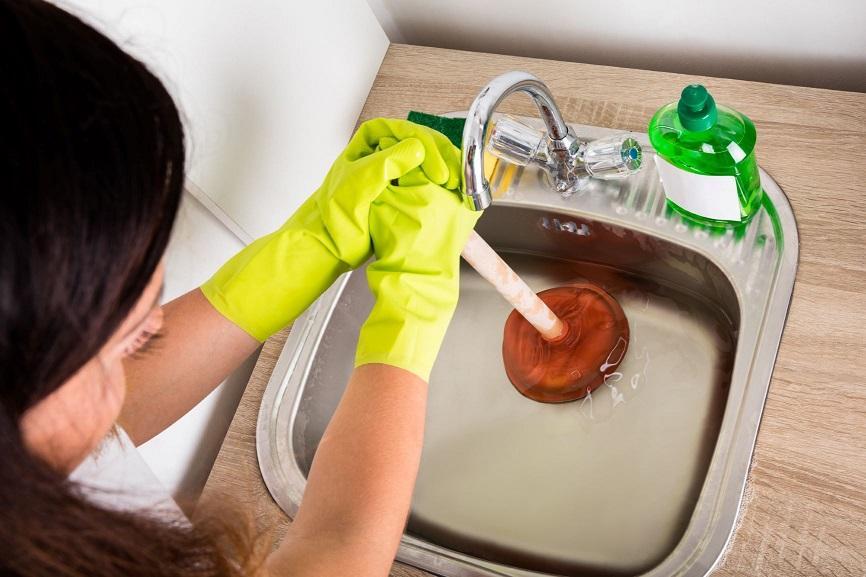




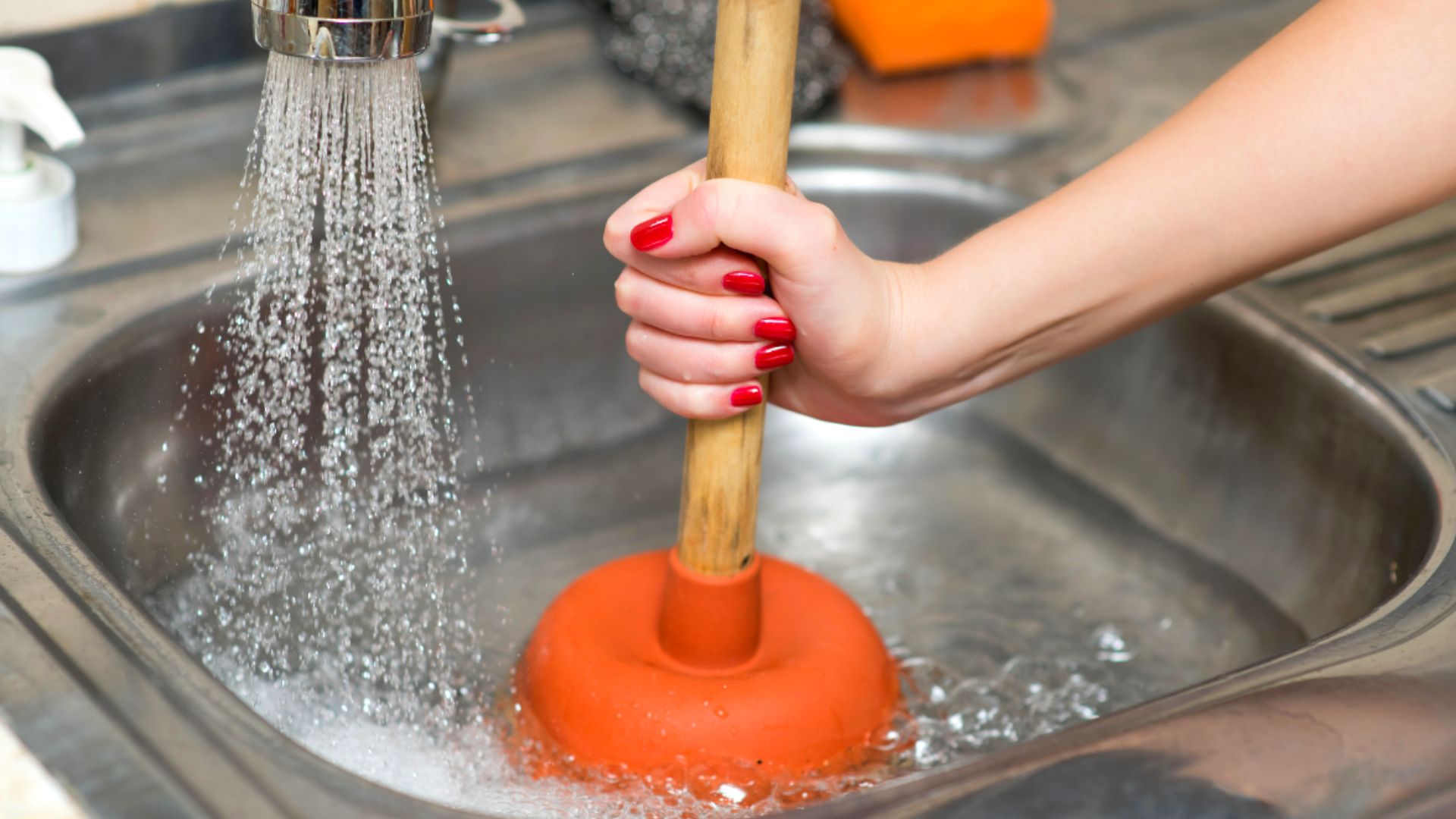


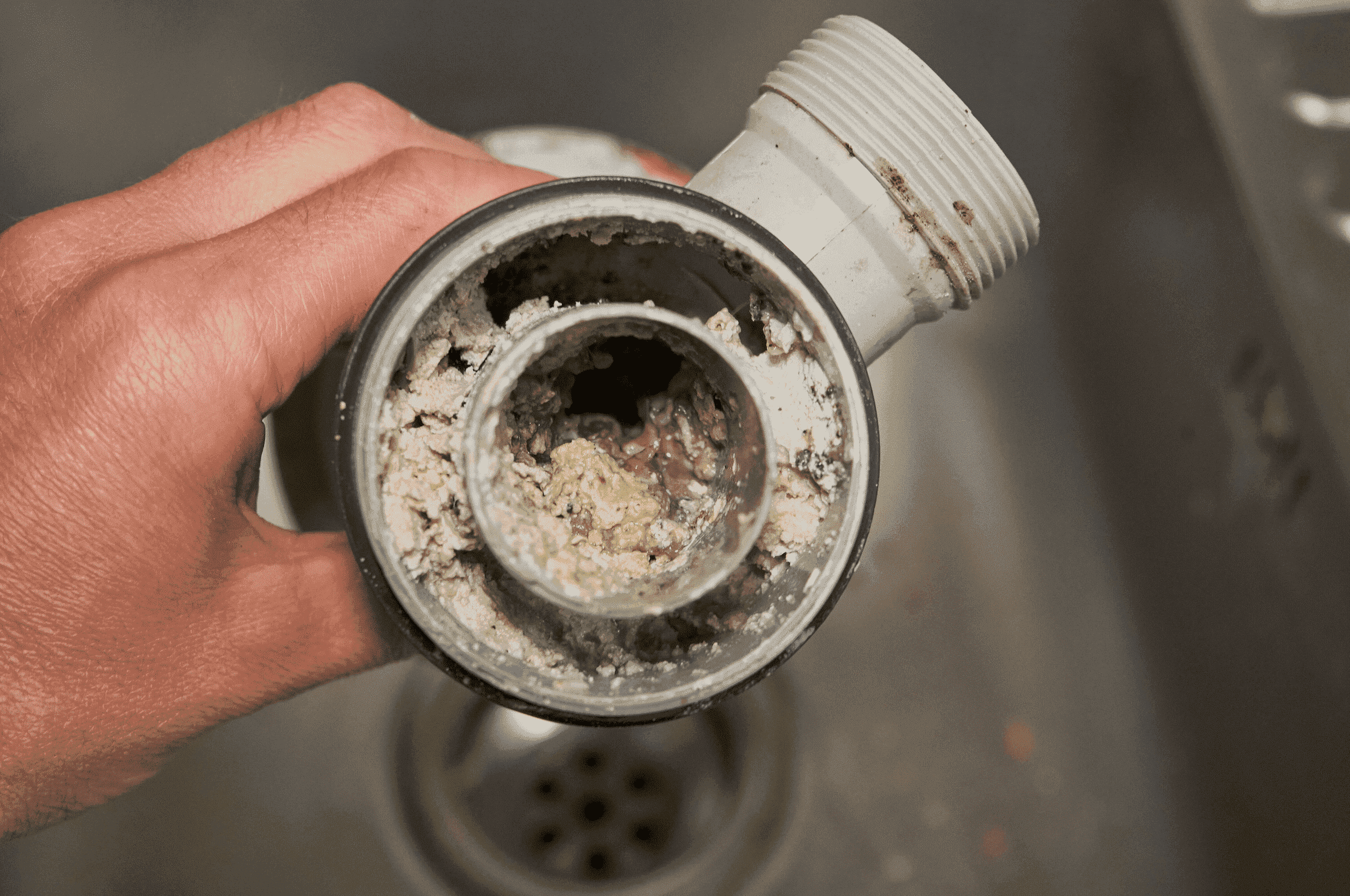





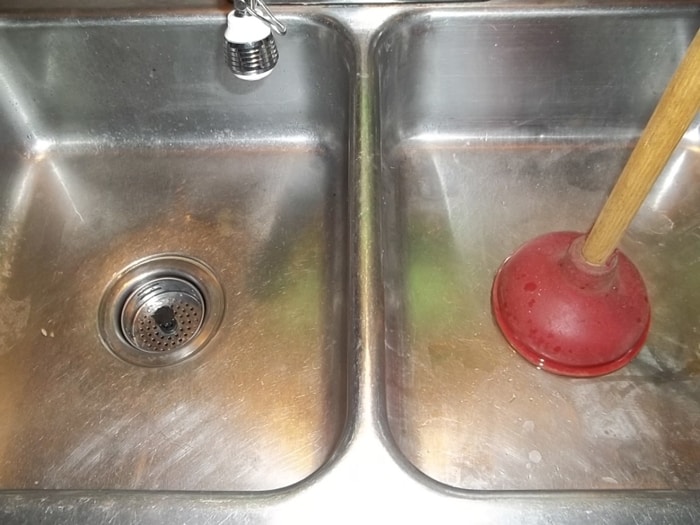
:max_bytes(150000):strip_icc()/unclogging-a-toilet-with-a-plunger-2719030_final_horizontal_10_18-d33deec2a8084e289a5427c6745a0d32.png)

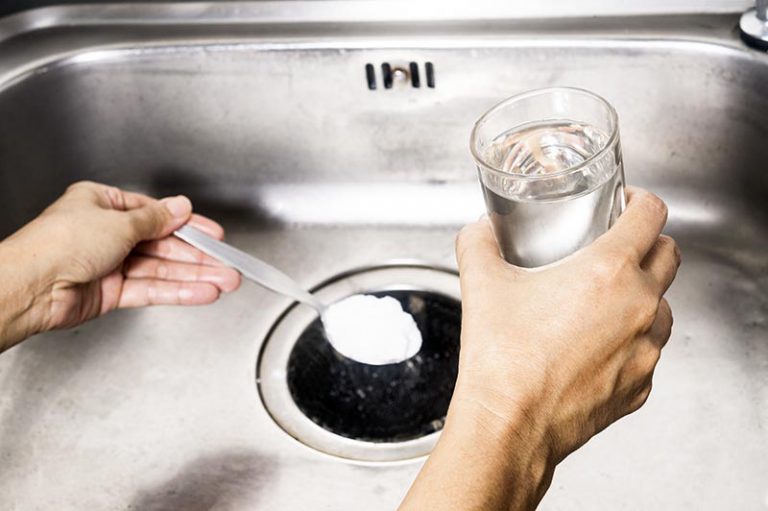





:max_bytes(150000):strip_icc()/freshen-and-unclog-drain-with-baking-soda-1900466-22-bbf940b70afa4d5abef0c54da23b1d3f.jpg)
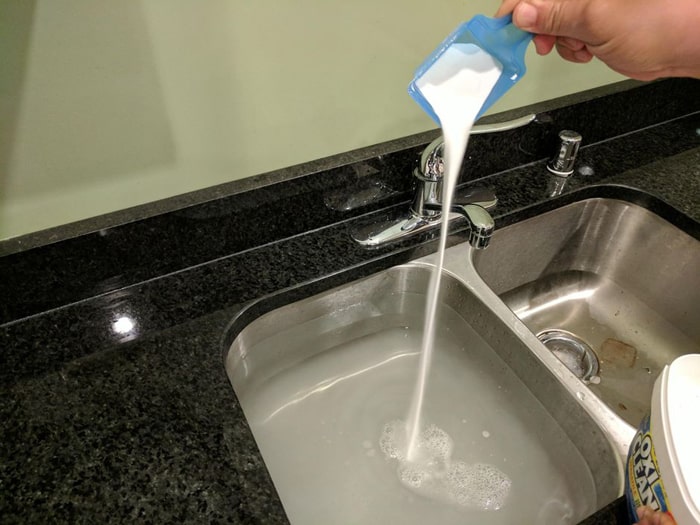

:max_bytes(150000):strip_icc()/freshen-and-unclog-drain-with-baking-soda-1900466-18-1a5b5da01939471ca8f8823865bd1ce8.jpg)
